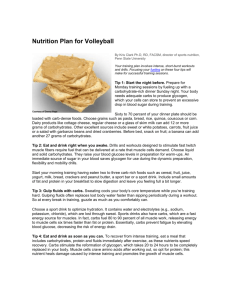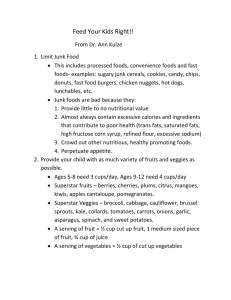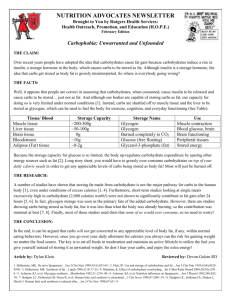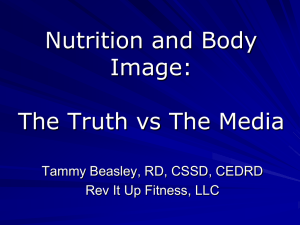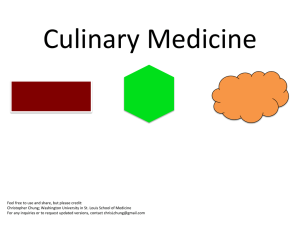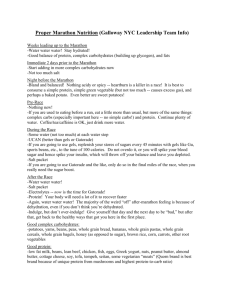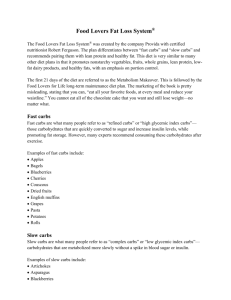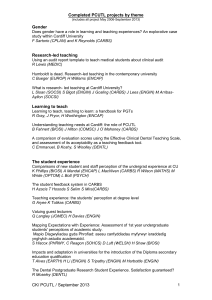Fueling for Performance, June 2011
advertisement
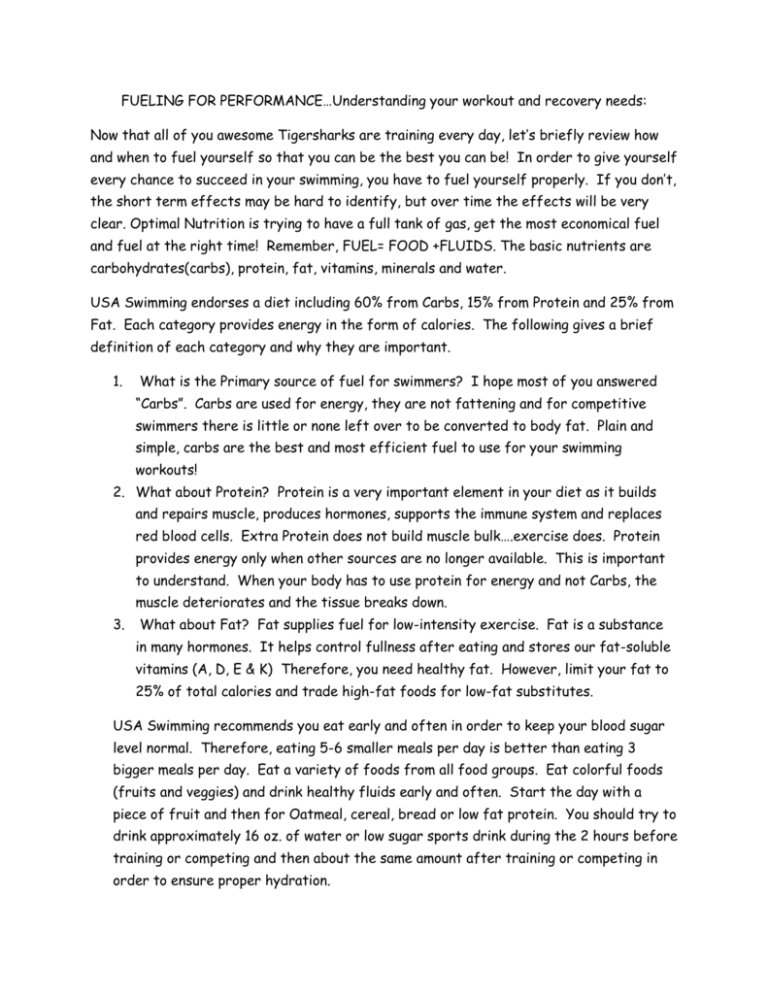
FUELING FOR PERFORMANCE…Understanding your workout and recovery needs: Now that all of you awesome Tigersharks are training every day, let’s briefly review how and when to fuel yourself so that you can be the best you can be! In order to give yourself every chance to succeed in your swimming, you have to fuel yourself properly. If you don’t, the short term effects may be hard to identify, but over time the effects will be very clear. Optimal Nutrition is trying to have a full tank of gas, get the most economical fuel and fuel at the right time! Remember, FUEL= FOOD +FLUIDS. The basic nutrients are carbohydrates(carbs), protein, fat, vitamins, minerals and water. USA Swimming endorses a diet including 60% from Carbs, 15% from Protein and 25% from Fat. Each category provides energy in the form of calories. The following gives a brief definition of each category and why they are important. 1. What is the Primary source of fuel for swimmers? I hope most of you answered “Carbs”. Carbs are used for energy, they are not fattening and for competitive swimmers there is little or none left over to be converted to body fat. Plain and simple, carbs are the best and most efficient fuel to use for your swimming workouts! 2. What about Protein? Protein is a very important element in your diet as it builds and repairs muscle, produces hormones, supports the immune system and replaces red blood cells. Extra Protein does not build muscle bulk….exercise does. Protein provides energy only when other sources are no longer available. This is important to understand. When your body has to use protein for energy and not Carbs, the muscle deteriorates and the tissue breaks down. 3. What about Fat? Fat supplies fuel for low-intensity exercise. Fat is a substance in many hormones. It helps control fullness after eating and stores our fat-soluble vitamins (A, D, E & K) Therefore, you need healthy fat. However, limit your fat to 25% of total calories and trade high-fat foods for low-fat substitutes. USA Swimming recommends you eat early and often in order to keep your blood sugar level normal. Therefore, eating 5-6 smaller meals per day is better than eating 3 bigger meals per day. Eat a variety of foods from all food groups. Eat colorful foods (fruits and veggies) and drink healthy fluids early and often. Start the day with a piece of fruit and then for Oatmeal, cereal, bread or low fat protein. You should try to drink approximately 16 oz. of water or low sugar sports drink during the 2 hours before training or competing and then about the same amount after training or competing in order to ensure proper hydration. What should you eat before training? Eat a snack consisting of carbs and a little protein within one hour of training. This can include 250 – 300 calories consisting of a banana, bagel, sports bar, oatmeal or granola bar and a piece of fruit. Remember this rule of thumb: The engine will run better ½ full than ½ empty! Then RECOVER with a high carb/moderate protein snack within 25 to 30 minutes of training. Why? Because it starts the replenishment of glycogen stores which are used in your training and racing. We used to think the window of time to recover was 2 hours long, but USA swimming now recommends you start refueling immediately after practice. This means to have your recovery food or drink available in your swim bag. Keep it simple, you don’t have to overdo it! Think of it as part of your training. Hopefully, by now you are learning that the “order” in which you eat is equally as important as “what” you actually eat. An example of a great recovery food is Chocolate milk! Good Nutritional Recovery maintains energy and limits tissue breakdown (repairs muscle tissue). Poor Nutritional recovery will produce negative short term and long term effects on your swimming. The Long-term failure to replace glycogen leads to tissue breakdown. This means during practice you will not be able to “keep up”, and your heart rate will be elevated and your muscles will become more sore than usual. In racing, you will feel the effects at the end of the meet. You will take longer to recover after your race, feel tired during the meet and your resting heart rate will be elevated. Then you will not feel strong during the next day’s practice and so on and so on and so on… So, Tigersharks, now you know, “Fueling for Performance” includes eating early and often. Eat smart from the basic food groups. Hydrate often and Recover, Recover, Recover!! Coach Nicole
